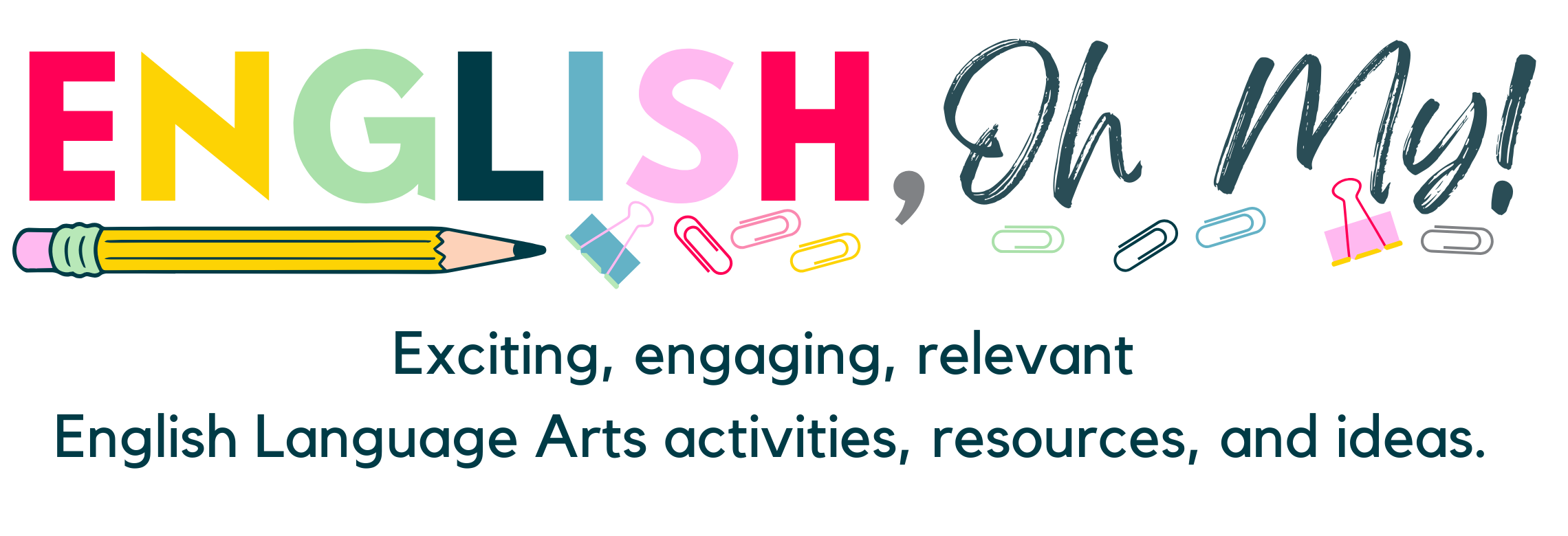
The Best Strategies to Teach Argument Writing

Are you looking for the best ways to teach argument writing? As a middle school ELA teacher, you know that teaching argument writing can be challenging. You want your students to be able to write cogent, well-reasoned arguments, right? However, you also know that getting them to that point can be a challenge. Never fear! These tips will help you teach your students to write arguments that are sure to win any debate.
The Best Argument Writing Strategies
1. Start with the basics.
First, before you can expect your students to write persuasive arguments, they need to understand the basics of what an argument is and what it isn’t. To do this, spend some time going over what an argument is—a claim backed by evidence—and what it isn’t—a opinion or belief. Also, you might want to spend some time discussing fallacies, or common mistakes people make in arguments. By starting with the basics, you’ll set your students up for success.
2. Emphasize structure.
Next, the structure of an argument is just as important as the substance. After all, even the most well-reasoned argument will fall flat if it’s not organized in a way that is easy for the reader to follow. Therefore, when you’re teaching your students how to write arguments, be sure to emphasize the importance of creating a clear and concise structure that will help their readers understand and follow their reasoning.
3. Help them find evidence.
Third, one of the most challenging parts of writing an argument is finding evidence to support your claims. Specifically, this can be especially difficult for young writers who might not be accustomed to conducting research. To help your students out, provide them with some resources—like a list of reputable sources or a library of reliable evidence—that they can use when they’re looking for support for their claims. By doing this, you’ll make it easier for them to find the evidence they need and write convincing arguments.
4. Encourage revision.
Lastly, once your students have written their first draft, it’s important to encourage them to revise and edit their work. This is where they’ll really be able to hone their arguments and make sure they’re saying what they want to say in the most effective way possible. Remind them that revision takes time and effort, but that it will ultimately result in a stronger, more convincing piece of writing.
Resources for Argument Writing
Websites to Help with Argument Writing
A Step-by-Step Plan to Teaching Augmentative Writing
5 Tips and Tricks for Teaching the Argumentative Essay
Overall, argument writing can be a challenge for both teachers and students, but it doesn’t have to be! By starting with the basics, emphasizing structure, helping students find evidence, and encouraging revision, you can help your students write arguments that are sure to win any debate—and get good grades too!







